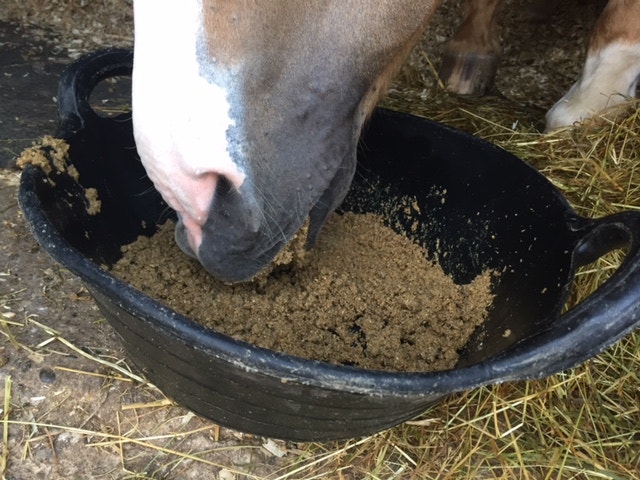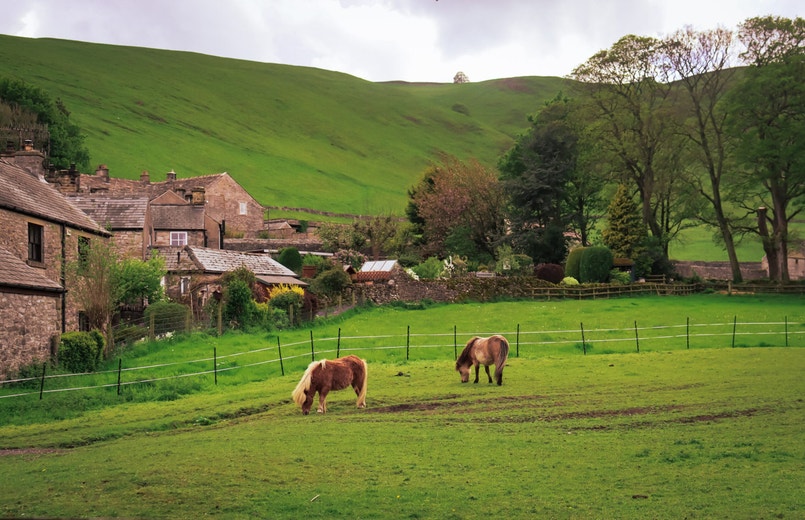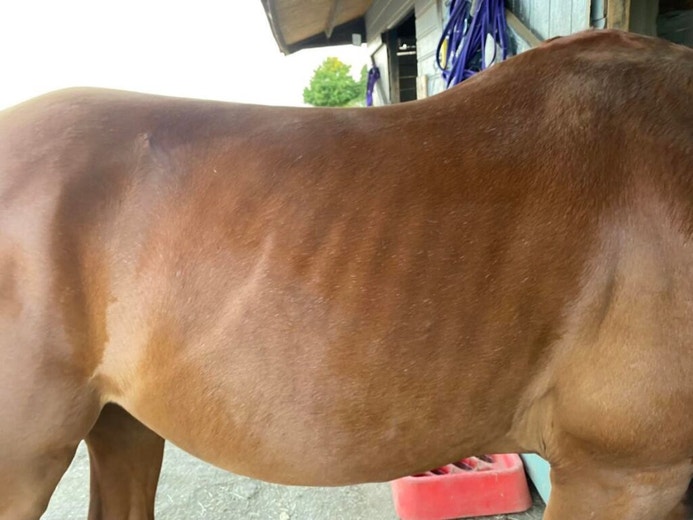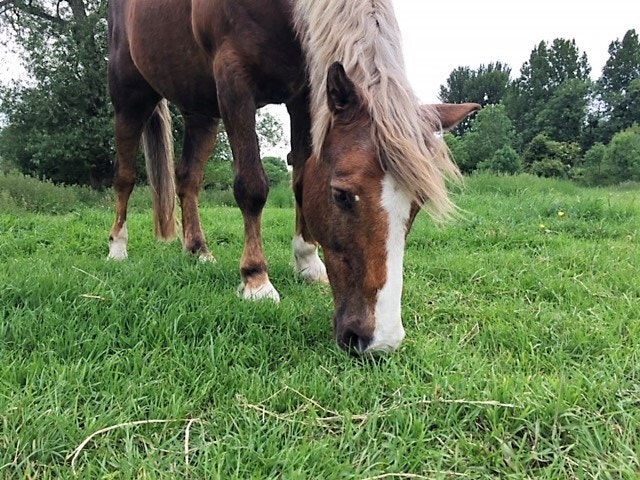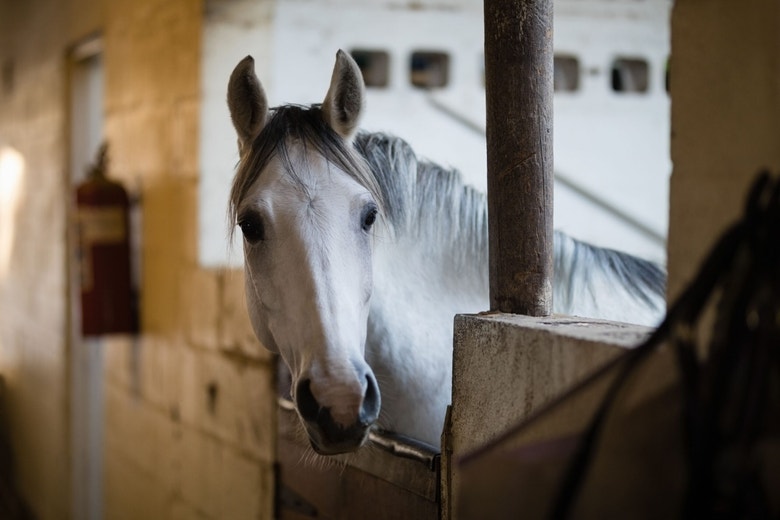Mastering the Dressage Warm-Up: Tips from Professional Rider Tyler Bradshaw
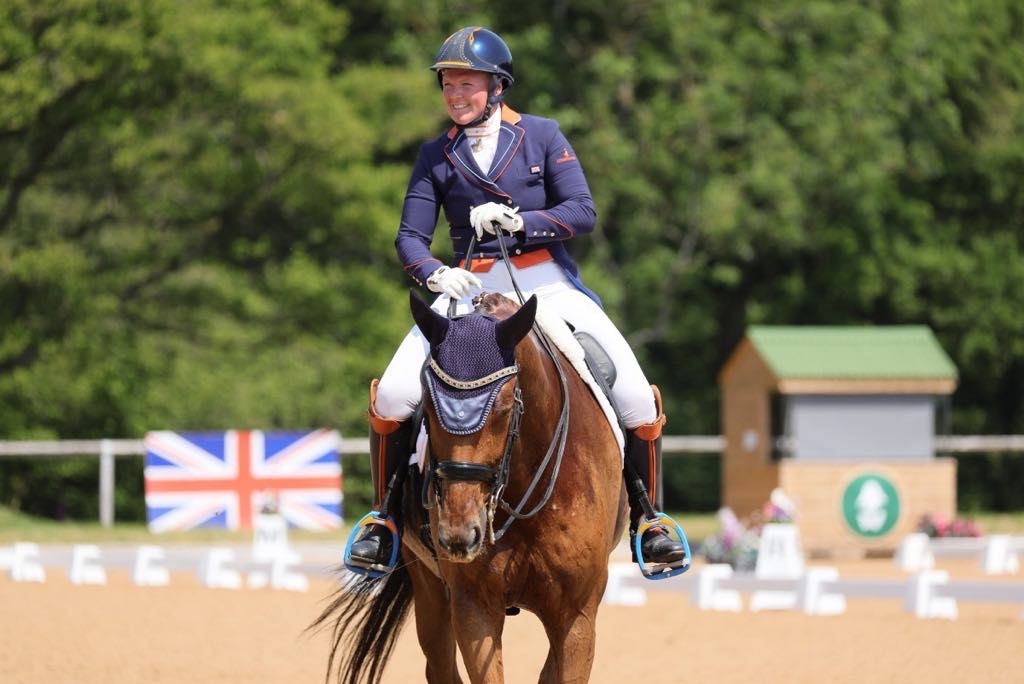
Are you ready to step into the ring, but finding the warm-up arena a bit daunting? In this guest blog, kindly written by Tyler Bradshaw, International team GB dressage rider and trainer based in the South-West of England, we delve into the essential components of a successful warm-up routine.
Tyler, who boasts a string of accolades including actively representing her country amongst other high profile shows with her home produced horses, brings a wealth of expertise to the table. With her keen eye for correct training methodologies and specialisation in producing young horses, corrective biomechanics, and lateral/longitudinal work, she offers invaluable insights into optimising your warm-up strategy.
So firstly, why is the warm-up important?
I have plenty of clients I lovingly label ‘The weather dodgers’ that like to do 5 minutes in the warm-up arena with the hopes of staying dry. However, the warm-up is key to helping your horse stay functionally connected, warm and capable of balancing body weight into the haunches and helping take weight off the forehand. This makes for a comfortable, happy athlete ready to tackle a test! I would advise at least a 20-minute warm-up with 10-mins of walking beforehand to get everything moving and mobile.
Now we all understand the warm-up arena can be daunting for so many reasons! The rogue groom standing in the middle of the arena nervously holding the contents of the tack room, being probed on how the horse is going, the walkers on the outside track, the ‘napping’ one that’s bulldozing its way through the droves of other people desperately trying to keep their own horses from joining in, it can be chaos! And, very challenging to get a thorough, calm and consistent warm-up regime nailed.
So, what can you do at home to prepare yourself for the warm-up?
My best advice is book a joint lesson with a friend, take the stress and pressure off of yourselves and learn to enjoy working in around others in a safe and welcoming environment. When I’m teaching at home I encourage my liveries to school and train whilst I teach to quietly acclimatise my clients to ‘working’ environments. If you still find your horse gets tense and nervous and the artillery of calming cookies, rescue remedy, noise cancelling ears and bribes aren’t quite hitting the mark, try counter flexion towards the fence, this is a super exercise if you have a hot horse where you feel you can’t quite put the aids on without an explosion. The fence helps establish the half halt and gives you the opportunity to get your leg aid on without any unhinged reactions, bring your outside leg slightly back creating a lateral angle away from the fence in the haunches whilst taking a small flexion in the frame towards the fence bringing the head on the fence/track so you are in a counter shoulder in/leg yield position. This will bring the outside hind under your seat bones and create a nice bit of lateral crossing, this also helps loosen the back and encourages the release of tension. Also talk to your horse, it’s something a lot of us forget to do! Reward, when reward is due, don’t be afraid to have some treats in your pocket when you feel your horse has really listened and show your appreciation to him, you’ll be amazed how well a happy horse performs in comparison to one that feels undervalued.
And lastly my top tip for nailing your warm-up?
Trial and error! You have to ride what’s underneath you and potentially the horse you had at the last show isn’t what’s underneath you today. You have to learn versatility and let your horse guide you towards what you need to work on, if your horse is presenting a little on the forehand and bearing down through the contact, short sharp transitions will be on the agenda. Perhaps you’re feeling your horse is tense and lacking suppleness in the midsection of their body, in which case leg yielding on circles will be the go-to, engagement and balance is key!
